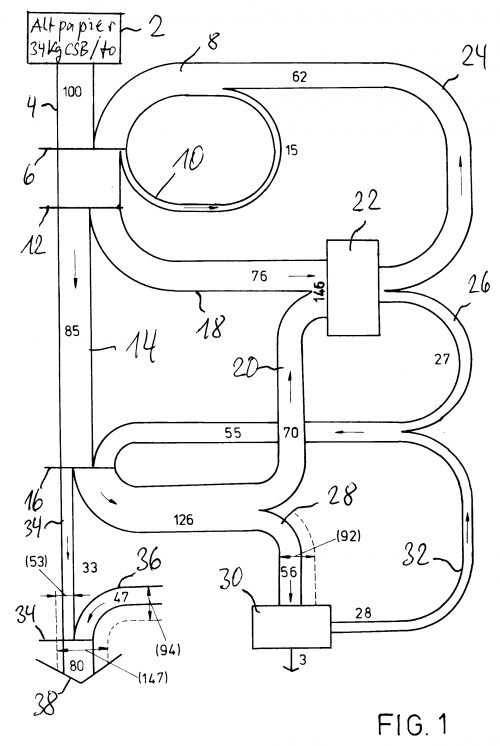German Environment Protection Agency (Umweltbundesamt, UBA) has published the final report of its project “Resource conservation through material flow-oriented secondary raw materials management” (German: “Stoffstromorientierte Ermittlung des Beitrags der Sekundärrohstoffwirtschaft zur Schonung von Primärrohstoffen und Steigerung der Ressourcenproduktivität”).
The study had been commissioned to three research institutes that were tasked to “analyse the Federal Statistical Office’s waste statistics … and carry out detailed investigations for 30 materials with focus on determining the recovery routes of these secondary raw material quantities and their derived substitution potentials.”
The report is gold for Sankey diagram aficionados: For all of the thirty materials analysed we can find Sankey diagrams depicting the streams through the economy and different recycling paths and secondary use options. Here is an example for paper and cardboard.
Flows are in kilo tonnes (kt) of material in 2013 in Germany. Inputs at the top are sources of paper fibres from waste collection. The general direction of flow is top-to-bottom with energetic use and reuse in other industries branching out to the right (brown boxes). Imports come in from the left and exports leave to the left again. Interesting to see, for example, that exports of graphical paper products almost exactly match the imports, while packaging paper exports (see stream to purple box “Verpackings PPK”) are slightly higher.
Beautifully crafted Sankey diagrams. A pity this isn’t available in English, but for those who love these self-speaking diagrams, here is the link to access the full report. Enjoy!



